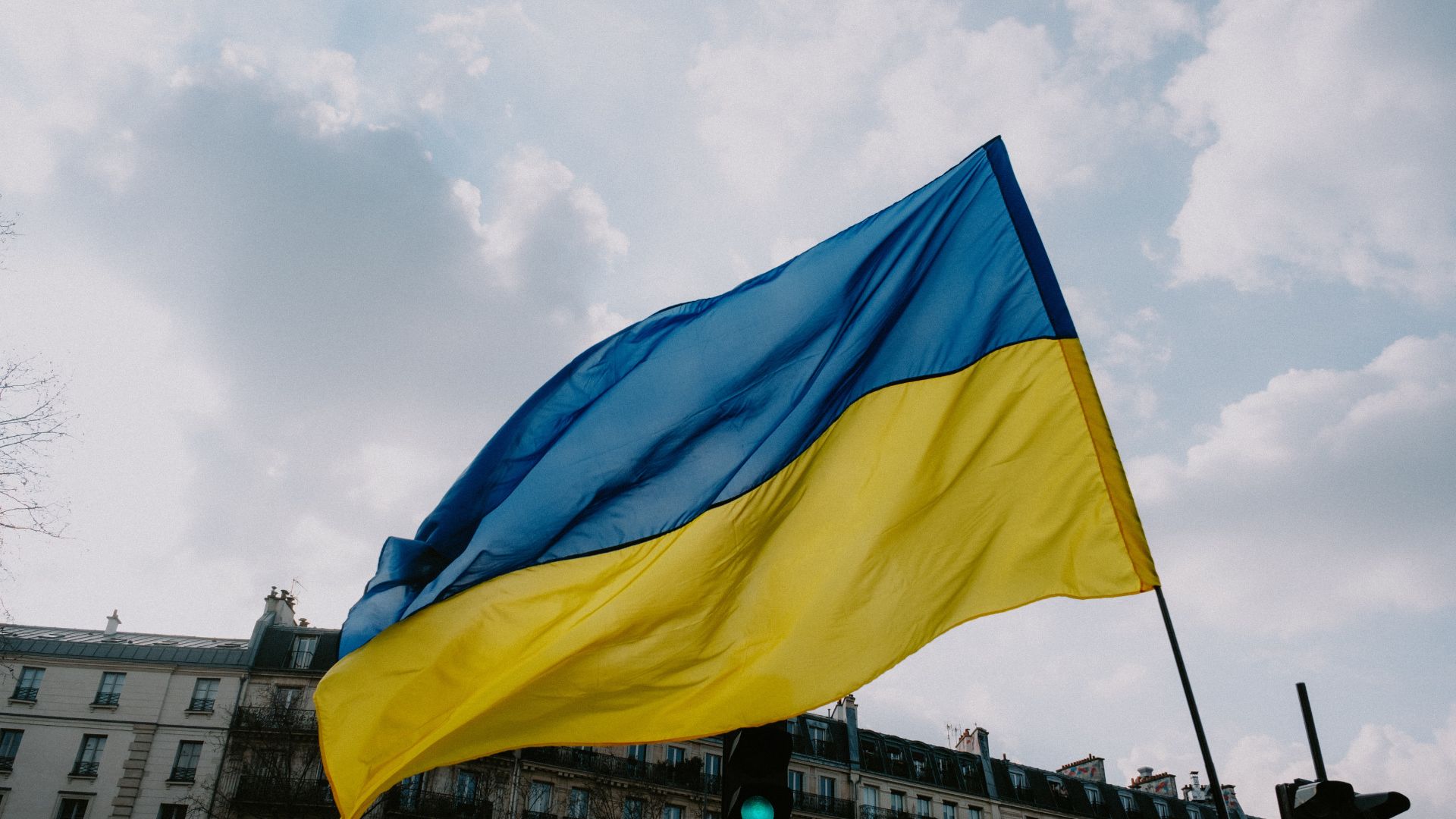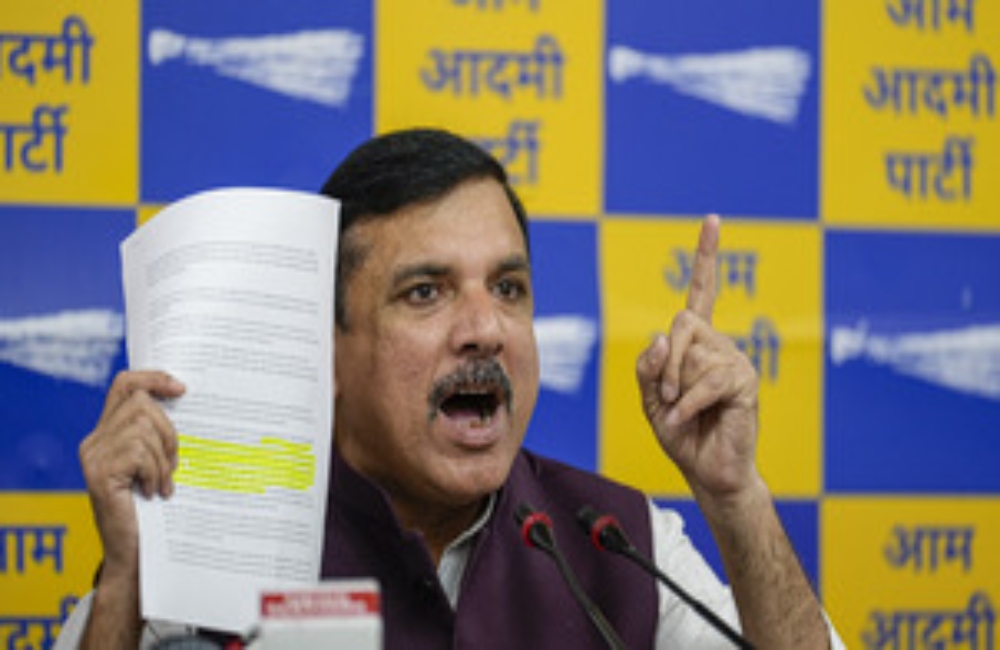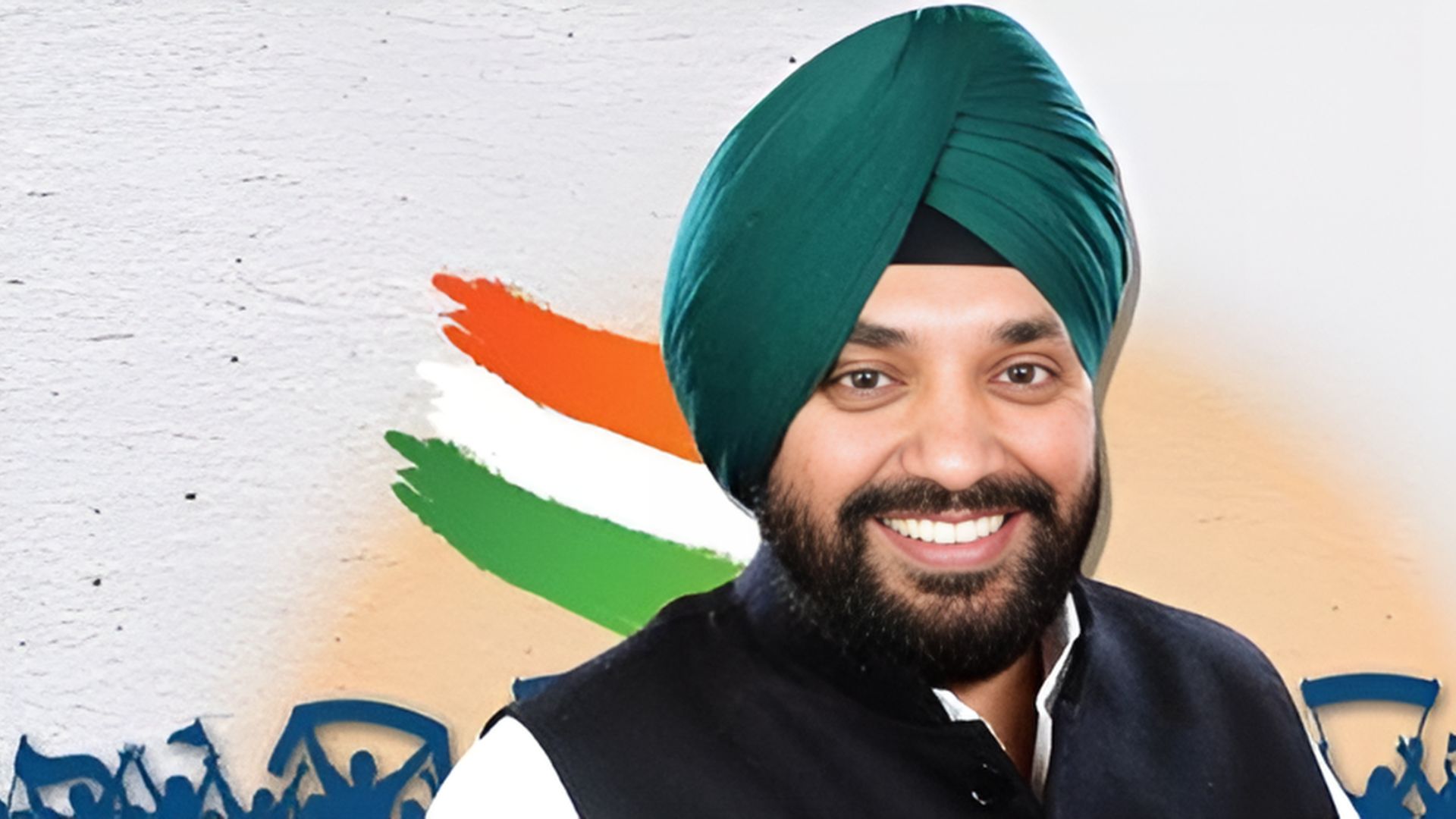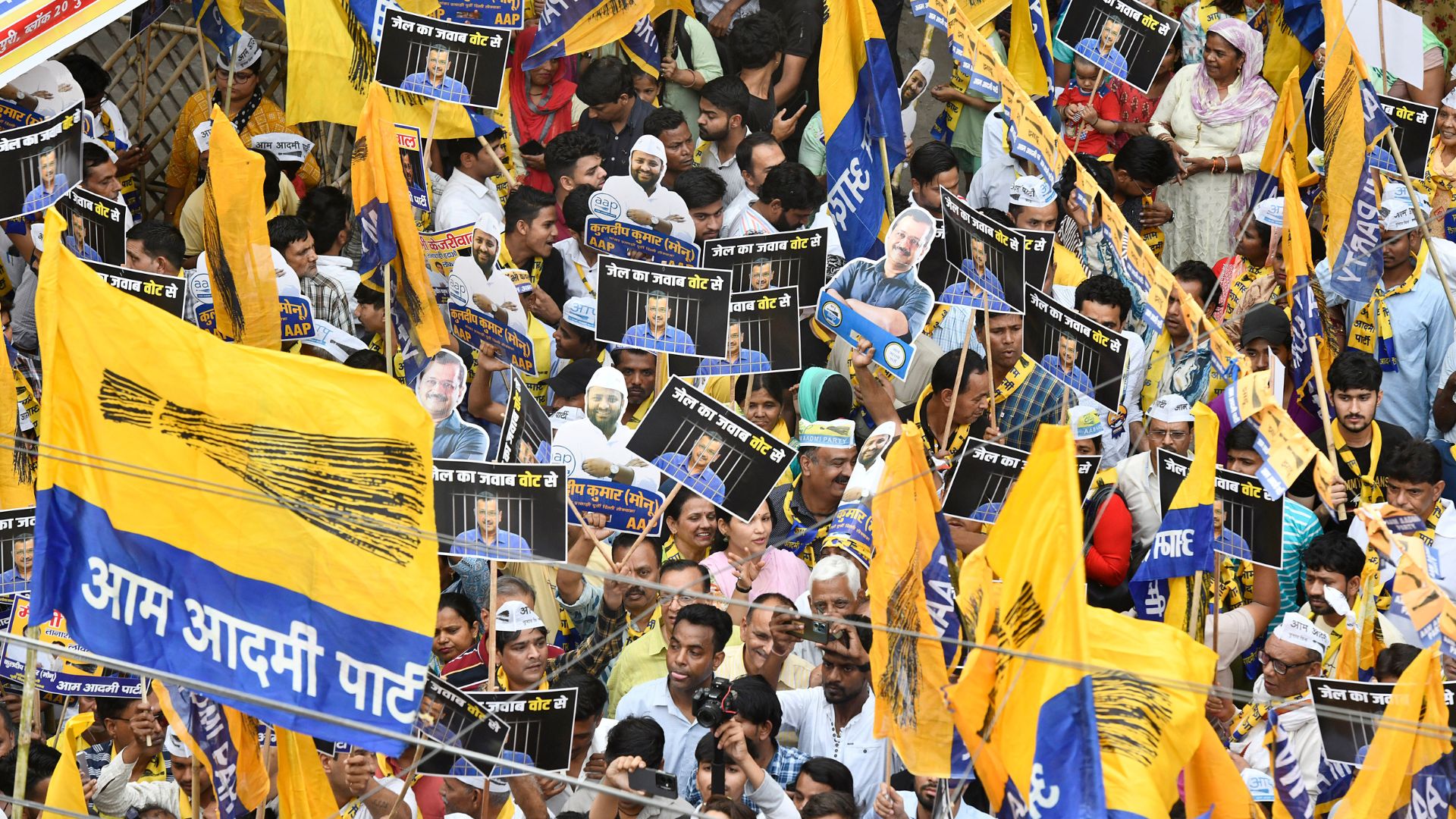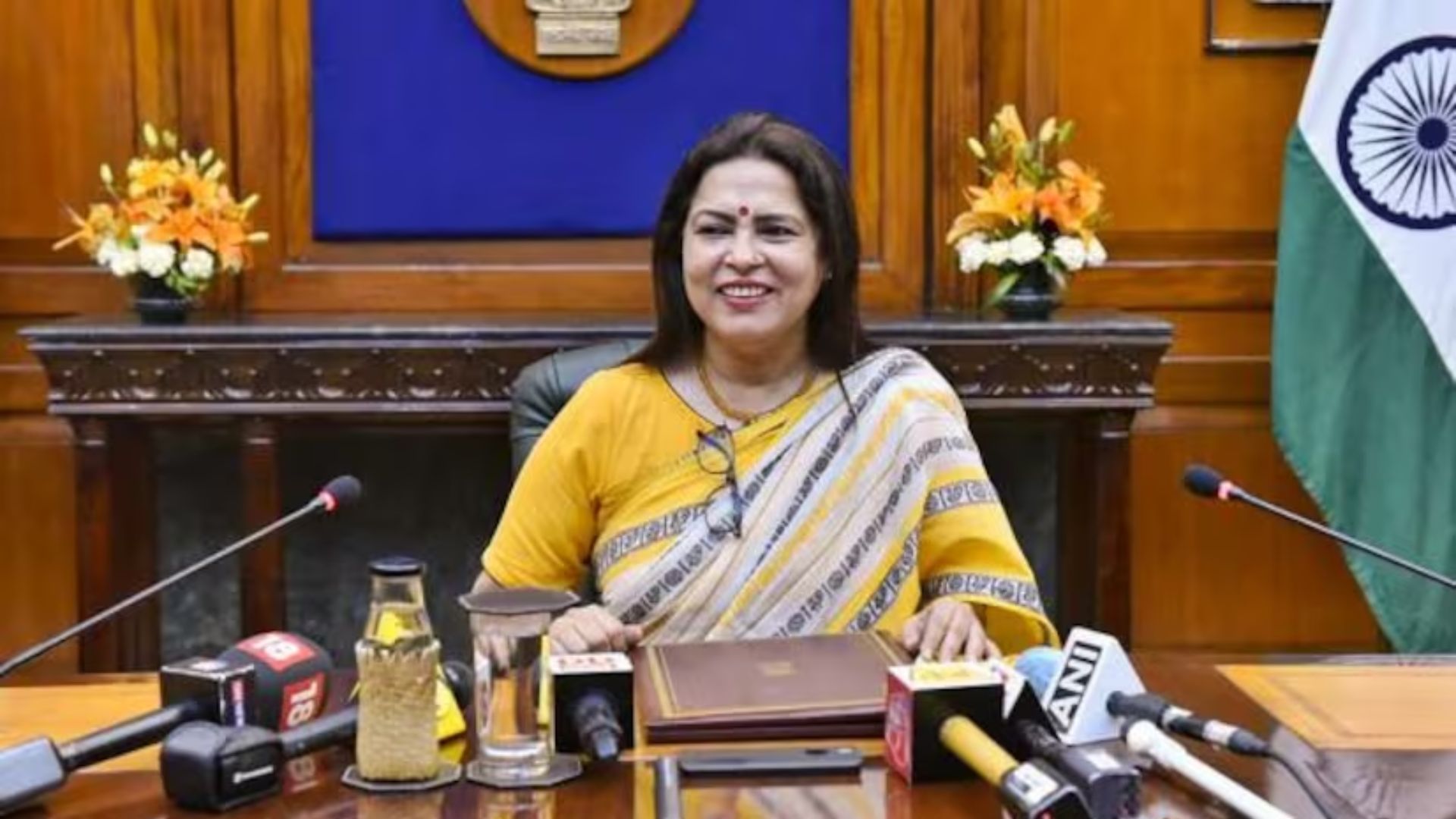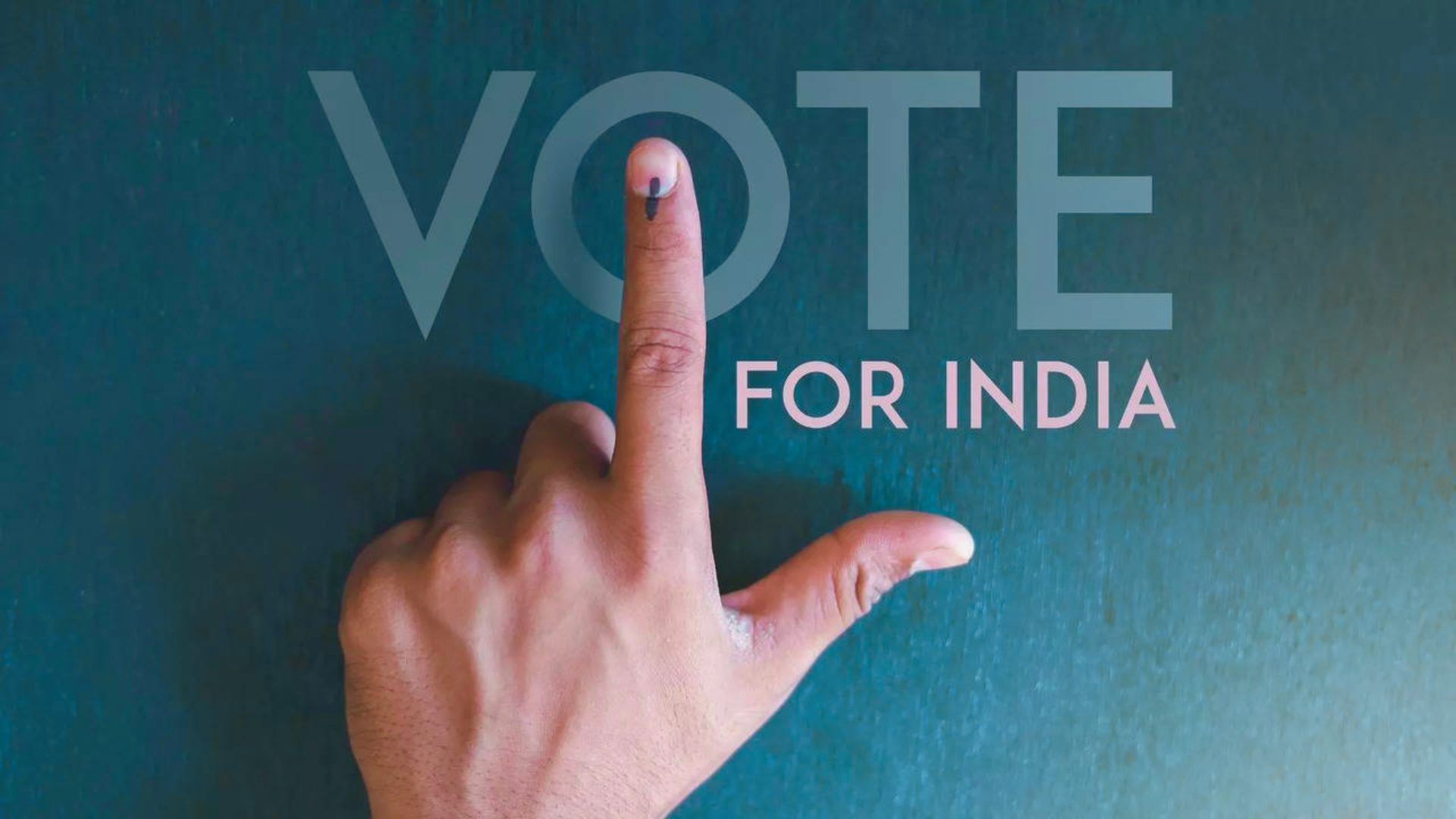




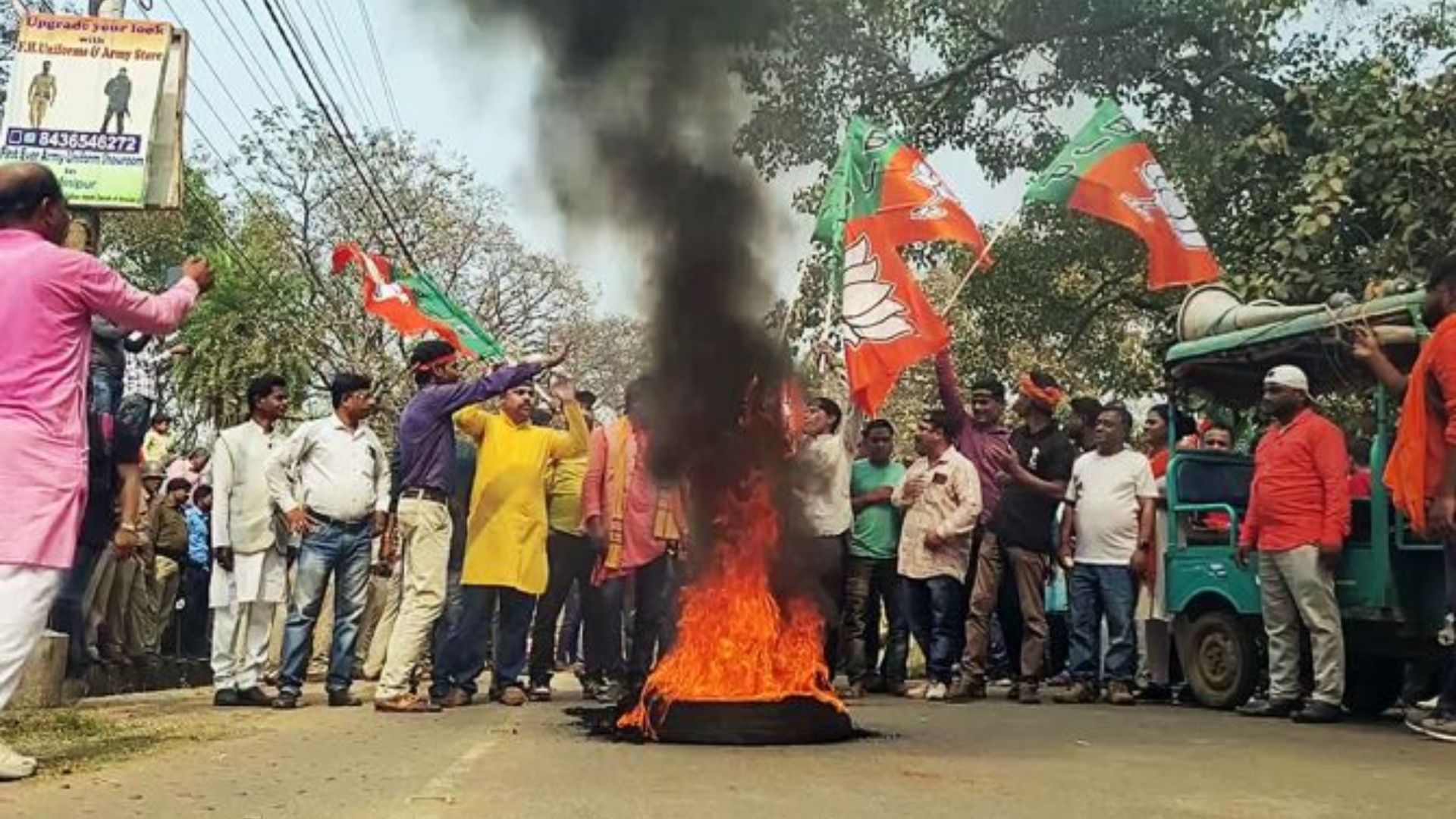


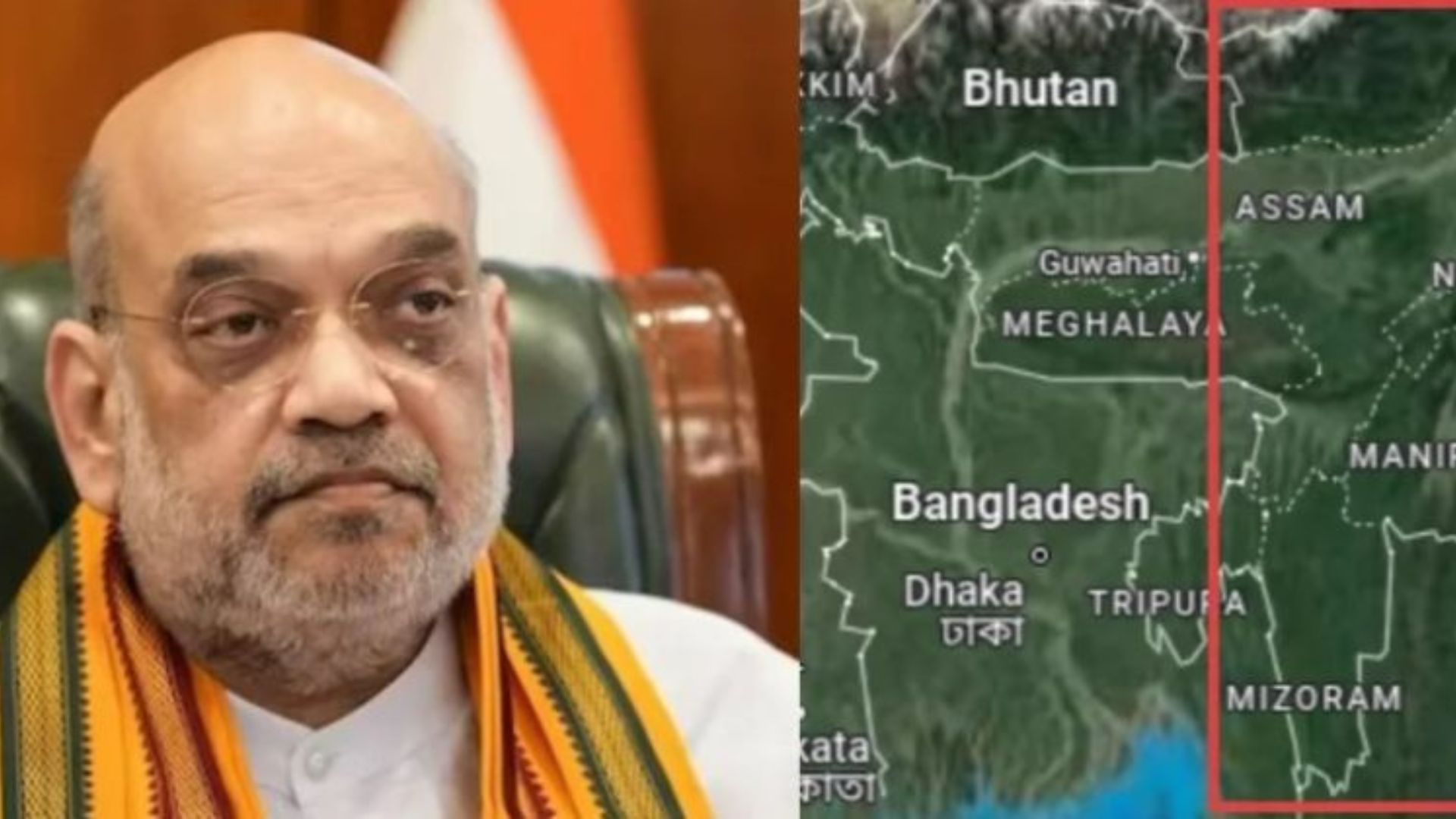

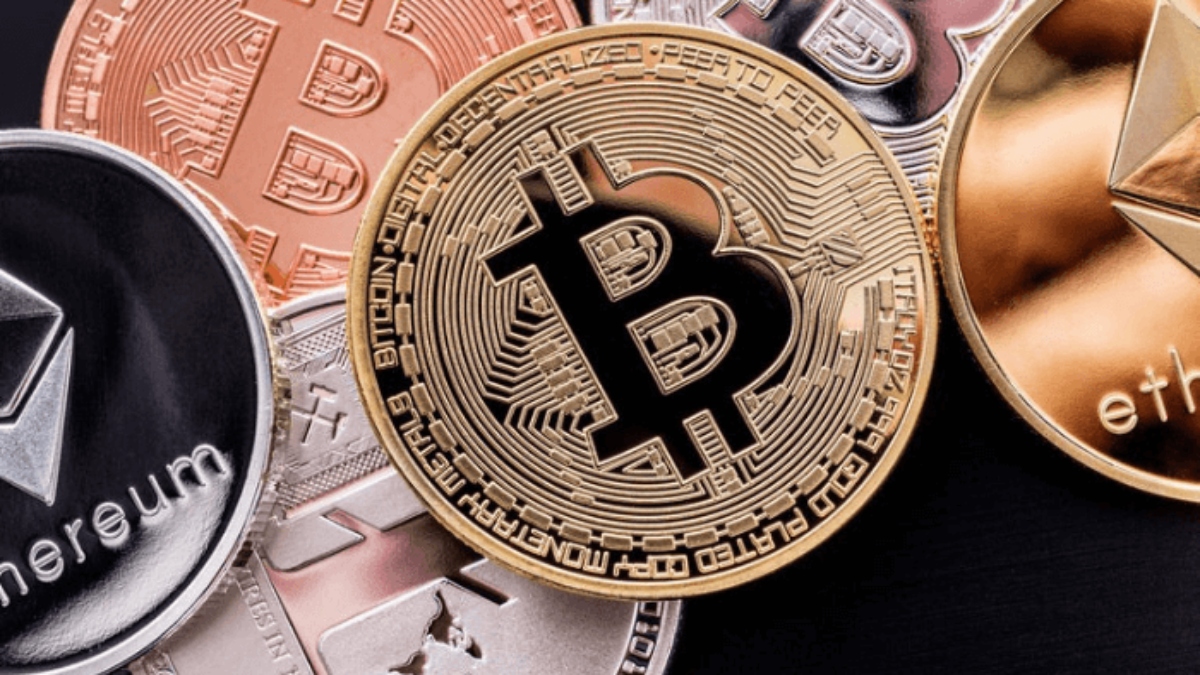
In the monsoon session of Parliament, India’s finance minister Nirmala Sitharaman emphasised the importance of global collaboration on crypto-asset regulation.
This follows a turbulent year for the cryptocurrency sector that saw several margin calls and defaults. Because crypto assets have not yet been fully integrated into the financial markets, these negative occurrences have not translated into systemic dangers.
To avert any catastrophes in the future, banking authorities would be wise to build up a framework for the supervision of crypto assets. Just in time for India’s chairmanship of the G20, which starts later this year, the Financial Stability Board (FSB) has stated that it will present a plan to regulate specific crypto assets to G20 member countries in October.
The G20’s policymakers, central bankers, regulators, financial hubs including Hong Kong, Singapore, Spain, and Switzerland, as well as global standard-setting organisations, are all represented on the FSB.
It serves as a lynchpin for global cooperation in financial market governance as a result. While the regulation of digital assets is still in its infancy in many emerging and developing economies (EMDEs), such as India, in part due to a lack of state capacity, it is crucial to have a risk-based and context-specific knowledge of new markets. The FSB divides the cryptocurrency sector into three categories: decentralised finance, stablecoins, and unbacked crypto assets. The dangers associated with each of these should be compared to the specific EMDEs in the area.
First off, the value of unbacked crypto assets is derived from a variety of sources, including production costs, network effects, user sentiment, and speculation. Centralized service providers that function as middlemen and are subject to stringent regulation in developed countries list a number of these assets.
For instance, the proposed Markets in Crypto Assets law from the EU lays out compliance requirements for such intermediaries, including ones related to the investor and consumer protection. The EU has successfully created a model that other countries may now broadly imitate. However, it is crucial that EMDEs participate in the G20 process to offer their input and aid in creating a flexible, context-appropriate global template.
EMDE people are more inclined to invest for the first time in unbacked crypto assets to access the financial markets. Therefore, it is crucial to maintain their faith in both government regulation and financial institutions. This can result in intermediaries listing crypto assets under more stringent criteria on such marketplaces.
The EU mandates that these intermediaries produce a white paper that bears some resemblance to prospectuses that are now issued in accordance with financial legislation. To safeguard investors, EMDEs may take into account extra standards for the “verification” of cryptocurrency assets.
Customer due diligence for anti-money laundering is another area where EMDEs may take additional precautions (AML). The current benchmark for AML regulations for cryptocurrency marketplaces is the Financial Action Task Force’s (FATF) advice.
It specifies tasks including identifying clients using dependable data sources, identifying beneficial owners, and identifying the objective of transactions. For high-risk transactions connected to notified states, the worldwide watchdog against money laundering and terrorist funding also recommends more due diligence. These steps entail gathering additional data about the client and the transaction as well as stepping up the frequency of discretionary monitoring of similar transactions. Based on their own security goals, EMDEs can think about broadening their search for circumstances needing extra due diligence, for example by establishing criteria for additional pertinent information that intermediaries must gather.
Second, stablecoins are frequently utilised to convert cryptocurrency holdings into fiat money since they are generally backed by specific assets (typically US dollars) or a basket of assets. Stablecoins might provide an issue with currency replacement for EMDEs like India, though, as dollar-backed coins might provide a superior store of value than their native currencies.
Stablecoins should follow the established “Principles for Financial Market Infrastructures,” according to international standard-setting organisations like the Committee on Payments and Market Infrastructures and the International Organization of Securities Commissions. These guidelines provide the global norms for crucial infrastructure, including payment, securities depositories, and settlement systems. The “same activity, same risk, same regulation” approach, which India currently upholds in its fintech regulations, would effectively have to be applied to stablecoins.
Third, financial services and goods are allegedly offered without the usage of centralised middlemen thanks to decentralised finance. Given that the visibility and identity verification of counterparties is often not necessary to complete transactions, this segment might be the riskiest for EMDEs. Money laundering is becoming more prevalent overall, even through conventional banking channels, in EMDEs like India.
News agency records show that between July 2005 and November 2021, the Enforcement Directorate reported a total of 4,637 money laundering cases, of which 769 included money laundering through bank frauds. The nature of financial fraud will get more complicated as a result of decentralised finance, and the FSB is not likely to propose a regulatory boundary for this new market any time soon. Therefore, EMDEs should use extreme caution and only let decentralised finance to function in sandboxed settings.
Through fintech, as it is now known, technology has played a significant role in promoting financial inclusion during the past ten years. The future of fintech may be represented by crypto markets, or at least glimpses of it may be seen there. India’s next G20 presidency would therefore be a stepping stone for it to influence crucial financial policy from the perspective of EMDEs.
Read more: SC in Hijab Case: K’taka govt has power to mandate school uniforms


